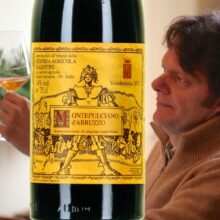
Product information
Valentini Montepuliciano d’Abruzzo 2017
$880
Description
“Good medium purple-red. Knockout nose offers wild red and dark berries, minerals, violets, white pepper and truffley underbrush. Very suave on entry, then rich, boasting suave ripe red cherry and dark plum flavours complemented by strong brown spice undertones. The wine’s impressive volume is nicely buffered by plenty of fresh cut. Closes very long, with serious but fine tannins. Another very sophisticated Montepulciano wine like practically nobody in the world can do. Drinking window: 2028-2045. (Mar 2025)”
Ian D’Agata Wine Review 95 Points
Only 2 left in stock
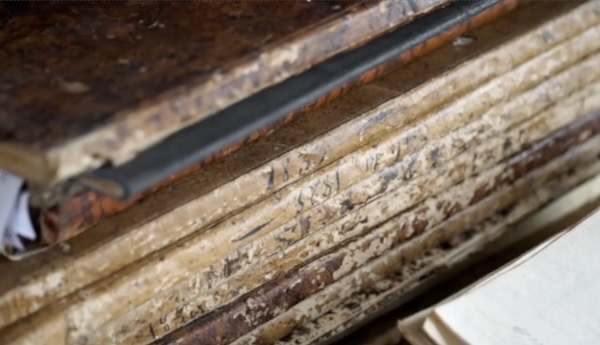
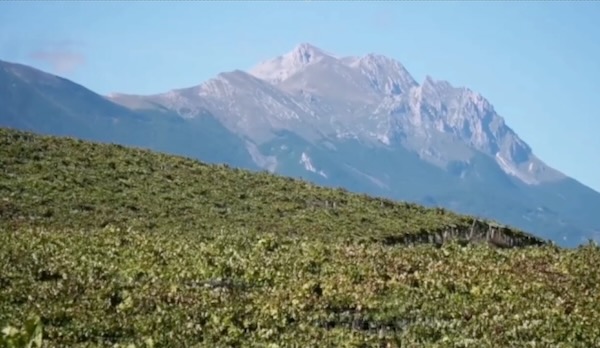
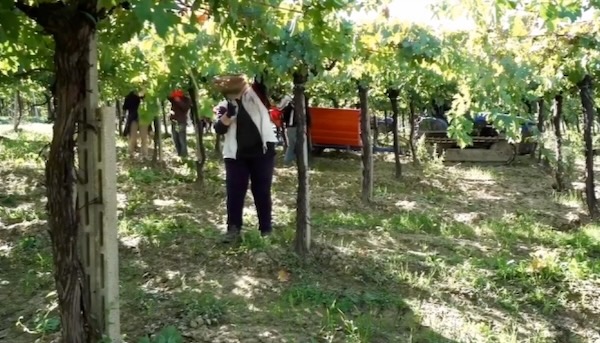
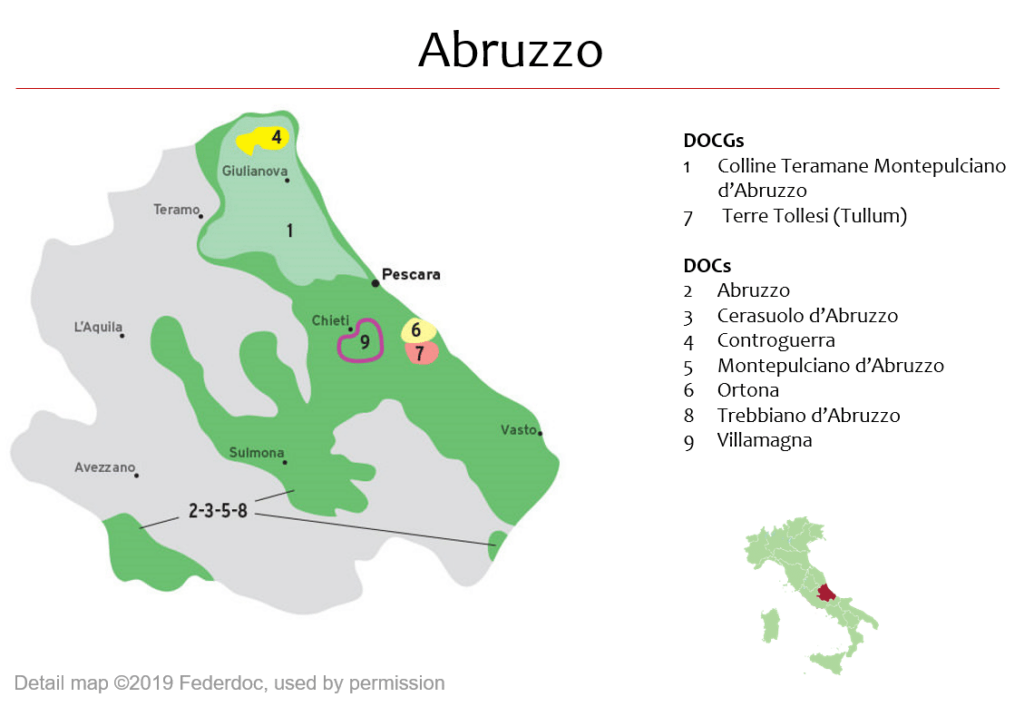

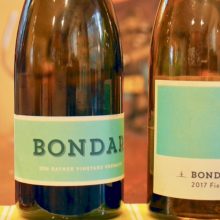


You must be logged in to post a comment.